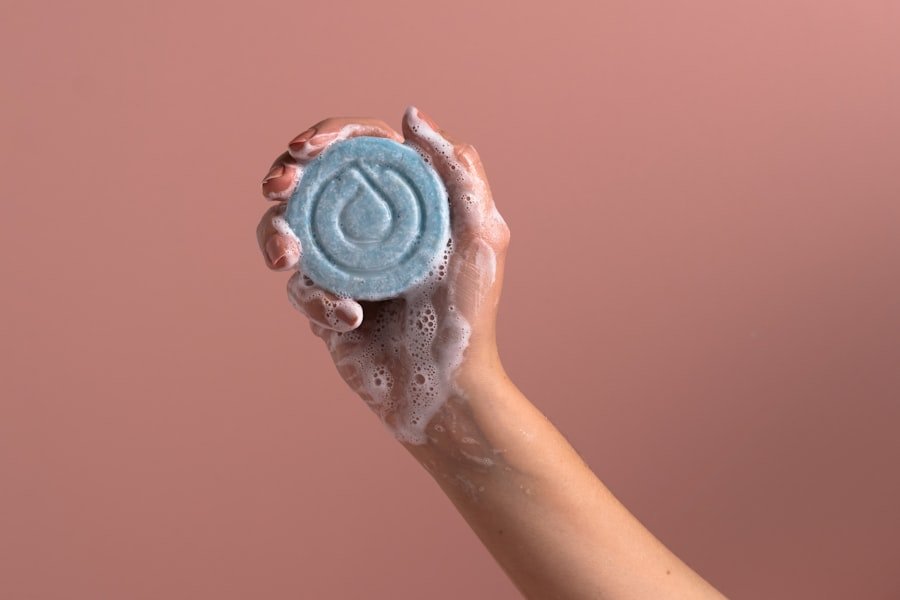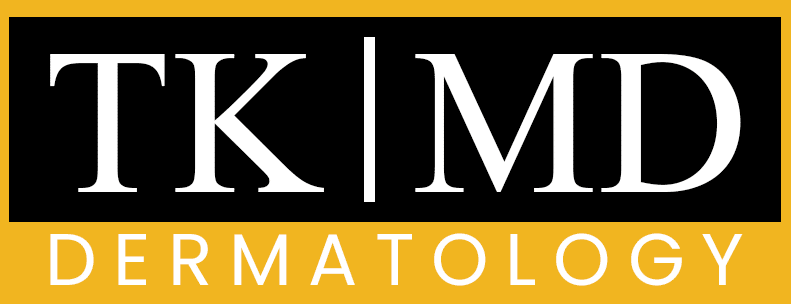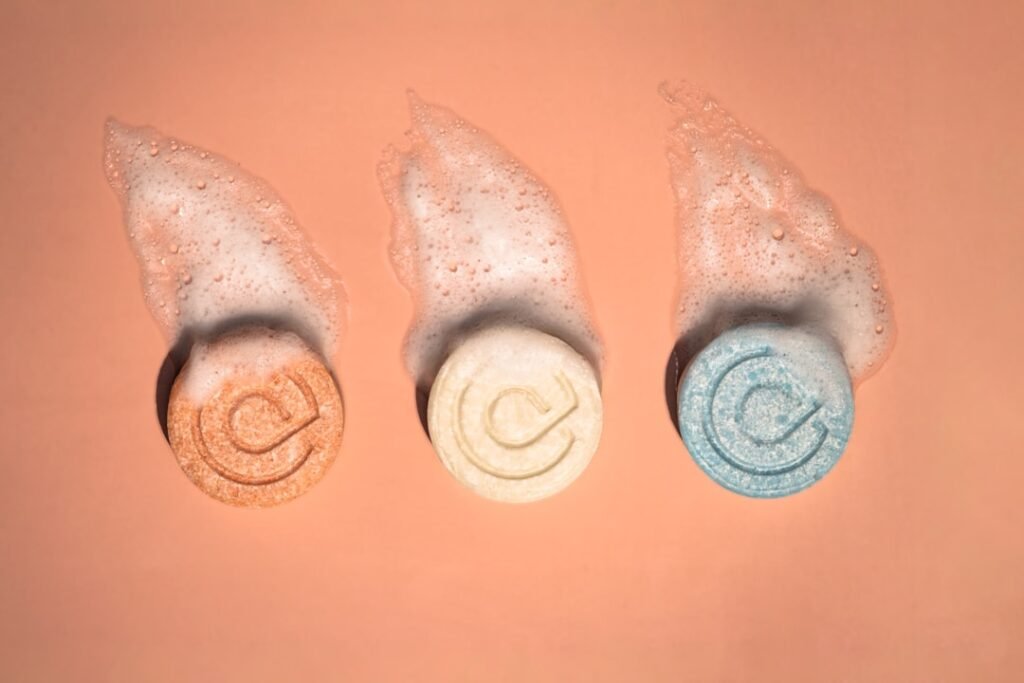Pustules are small, inflamed bumps on the skin that are filled with pus. They can appear in various sizes and can be a common symptom of several skin conditions. When we observe pustules, they often present as red or swollen lesions, which can be both uncomfortable and unsightly.
These lesions can occur anywhere on the body, but they are most frequently found on the face, back, and shoulders. The presence of pustules can indicate an underlying issue, and understanding their nature is crucial for effective management. In essence, pustules are a type of acne lesion, but they can also arise from other dermatological conditions.
They are typically associated with inflammation and infection, leading to the accumulation of pus, which is composed of dead white blood cells, bacteria, and tissue debris. This accumulation gives pustules their characteristic appearance and can be a source of discomfort for those affected. As we delve deeper into the causes and implications of pustules, we will uncover the various factors that contribute to their formation and how they can impact our skin health.
Key Takeaways
- Pustules are small, inflamed, pus-filled bumps on the skin that are a common symptom of acne and other skin conditions.
- Causes of pustules include bacterial infections, inflammatory skin conditions, and clogged pores.
- Types of pustules include acne pustules, folliculitis pustules, and pustular psoriasis.
- Symptoms of pustules may include redness, swelling, tenderness, and the presence of pus.
- Diagnosis of pustules is typically based on a physical examination and may involve skin tests or biopsies.
Causes of Pustules
Overproduction of Sebum
One of the primary culprits is the overproduction of sebum, an oily substance produced by our skin’s sebaceous glands. When these glands become overactive, they can lead to clogged pores, creating an environment conducive to bacterial growth.
Hormonal Fluctuations and Skin Conditions
This bacterial proliferation can result in inflammation and the formation of pustules. Additionally, hormonal fluctuations, particularly during puberty or menstrual cycles, can exacerbate this process, leading to an increase in acne-related pustules. Another significant factor contributing to the development of pustules is the presence of certain skin conditions. Conditions such as folliculitis, which is the inflammation of hair follicles, can lead to pustule formation. Similarly, skin infections caused by bacteria or fungi can also manifest as pustules.
Allergic Reactions and Prevention
Allergic reactions to products or irritants can further complicate matters, as they may trigger an inflammatory response that results in pustule development. By understanding these causes, we can better navigate our skincare routines and make informed choices to minimize the risk of pustule formation.
Types of Pustules

Pustules can be categorized into several types based on their characteristics and underlying causes. One common type is the acne pustule, which is typically associated with acne vulgaris. These pustules are often red at the base and filled with white or yellow pus.
They can be painful and may leave behind scars if not treated properly. Another type is the follicular pustule, which arises from inflammation of hair follicles and is often seen in conditions like folliculitis. In addition to these types, we may encounter pustules associated with specific skin conditions such as psoriasis or eczema.
In psoriasis, pustular psoriasis can lead to the formation of pustules on the skin’s surface, often accompanied by scaling and redness. Similarly, eczema can result in pustular lesions due to intense itching and scratching. Understanding these different types helps us recognize that not all pustules are created equal; their treatment and management may vary significantly depending on their origin.
Symptoms of Pustules
The symptoms associated with pustules can vary depending on their underlying cause and location on the body. Typically, we notice that pustules appear as raised bumps on the skin that are red or inflamed. They may be tender to the touch and can cause discomfort or itching.
In some cases, pustules may rupture, leading to oozing or crusting as they heal. This process can be frustrating and may contribute to feelings of self-consciousness for those affected. In addition to the physical symptoms, we should also consider the emotional impact that pustules can have on individuals.
The visibility of these lesions can lead to anxiety or low self-esteem, particularly in social situations. It’s essential to recognize that while pustules may be a common skin issue, their effects extend beyond just physical appearance. By addressing both the physical symptoms and emotional well-being, we can foster a more holistic approach to managing pustules.
Diagnosis of Pustules
Diagnosing pustules typically involves a thorough examination by a healthcare professional or dermatologist. During this process, they will assess the appearance of the pustules and inquire about our medical history and any accompanying symptoms. This information is crucial for determining whether the pustules are a result of acne, an infection, or another skin condition.
In some cases, additional tests may be necessary to rule out underlying issues or confirm a diagnosis. For instance, if we present with persistent or severe pustules that do not respond to standard treatments, our healthcare provider may recommend a skin culture or biopsy. These tests help identify any bacterial or fungal infections that may be contributing to the problem.
By accurately diagnosing the cause of our pustules, we can develop an effective treatment plan tailored to our specific needs.
Treatment options for Pustules

When it comes to treating pustules, several options are available depending on their severity and underlying cause. For mild cases associated with acne, over-the-counter topical treatments containing ingredients like benzoyl peroxide or salicylic acid can be effective in reducing inflammation and clearing clogged pores. These treatments work by targeting the bacteria responsible for acne while promoting cell turnover to prevent future breakouts.
For more severe cases or those linked to other skin conditions, prescription medications may be necessary. Topical retinoids or antibiotics can help manage inflammation and reduce bacterial growth. In some instances, oral medications such as antibiotics or hormonal treatments may be prescribed to address underlying hormonal imbalances contributing to pustule formation.
It’s essential for us to work closely with our healthcare provider to determine the most appropriate treatment plan based on our individual circumstances.
Home remedies for Pustules
In addition to medical treatments, many individuals seek home remedies to alleviate the discomfort associated with pustules. One popular approach is using natural ingredients known for their anti-inflammatory properties. For instance, applying aloe vera gel directly to the affected area can help soothe irritation and promote healing due to its calming effects on the skin.
Another effective home remedy involves using tea tree oil, which has antimicrobial properties that may help reduce bacteria on the skin’s surface. Diluting tea tree oil with a carrier oil before applying it to pustules can minimize irritation while harnessing its benefits. Additionally, maintaining a consistent skincare routine that includes gentle cleansing and moisturizing can help prevent further breakouts and support overall skin health.
Prevention of Pustules
Preventing pustules requires a proactive approach that focuses on maintaining healthy skin habits. One key strategy is adopting a consistent skincare routine tailored to our skin type. Regular cleansing helps remove excess oil and dirt that can clog pores while using non-comedogenic products ensures that we do not exacerbate existing issues.
Moreover, we should pay attention to our diet and lifestyle choices as they can significantly impact our skin health.
Consuming a balanced diet rich in fruits, vegetables, and whole grains while staying hydrated supports overall well-being and may reduce the likelihood of developing pustules. Additionally, managing stress through relaxation techniques such as yoga or meditation can help balance hormones and minimize breakouts.
Complications of Pustules
While many cases of pustules resolve without complications, there are potential risks associated with untreated or severe cases. One significant concern is scarring; if we pick at or pop pustules, we increase the likelihood of developing permanent scars on our skin. These scars can serve as a constant reminder of past breakouts and may require additional treatments for correction.
Furthermore, persistent pustules may indicate an underlying infection that could lead to more severe complications if left untreated. Conditions such as cellulitis or abscesses may arise from untreated bacterial infections associated with pustule formation. Therefore, it is crucial for us to monitor our symptoms closely and seek appropriate care when necessary.
When to see a doctor for Pustules
Knowing when to seek medical attention for pustules is essential for effective management and prevention of complications. If we experience persistent or worsening pustules despite over-the-counter treatments or home remedies, it’s time to consult a healthcare professional. Additionally, if we notice signs of infection such as increased redness, warmth, swelling, or pus that has an unusual odor, seeking prompt medical care is crucial.
Moreover, if our pustules are accompanied by systemic symptoms such as fever or fatigue, it may indicate a more serious underlying condition requiring immediate evaluation.
By being vigilant about our symptoms and seeking timely medical advice when needed, we can ensure that we receive appropriate care for our skin concerns.
Living with Pustules
Living with pustules can be challenging both physically and emotionally; however, understanding their nature empowers us to take control of our skin health. By recognizing the causes and types of pustules, we can make informed decisions about treatment options and preventive measures tailored to our needs. Whether through medical interventions or home remedies, there are numerous strategies available to manage this common skin issue effectively.
Ultimately, fostering a positive mindset while navigating the ups and downs of living with pustules is essential for our overall well-being. By prioritizing self-care practices and seeking support when needed, we can embrace our unique skin journey with confidence and resilience.
If you are dealing with pustules, you may be interested in learning more about cosmetic enhancements for skin issues. Dr. Trisha Khanna offers a variety of cosmetic dermatology services to help improve the appearance of your skin, including treatments for pustules. To address acne scars, you may also want to consider microneedling sessions. Dr. Khanna can provide guidance on how many sessions may be required to see results. Visit here to learn more about cosmetic enhancements and how Dr. Khanna can help with your skin concerns.
FAQs
What are pustules?
Pustules are small, inflamed, pus-filled bumps on the skin that are typically a sign of an infection or inflammatory skin condition.
What causes pustules?
Pustules can be caused by a variety of factors, including bacterial or fungal infections, acne, allergic reactions, and certain skin conditions such as psoriasis or eczema.
How are pustules treated?
Treatment for pustules depends on the underlying cause. It may include topical or oral antibiotics, antifungal medications, corticosteroids, or other medications to reduce inflammation and control the infection.
Are pustules contagious?
Pustules caused by bacterial or fungal infections can be contagious, especially if the pus is actively draining. It is important to practice good hygiene and avoid sharing personal items to prevent spreading the infection.
When should I see a doctor about pustules?
If you have persistent or severe pustules, or if they are accompanied by other symptoms such as fever, it is important to see a doctor for proper diagnosis and treatment.


